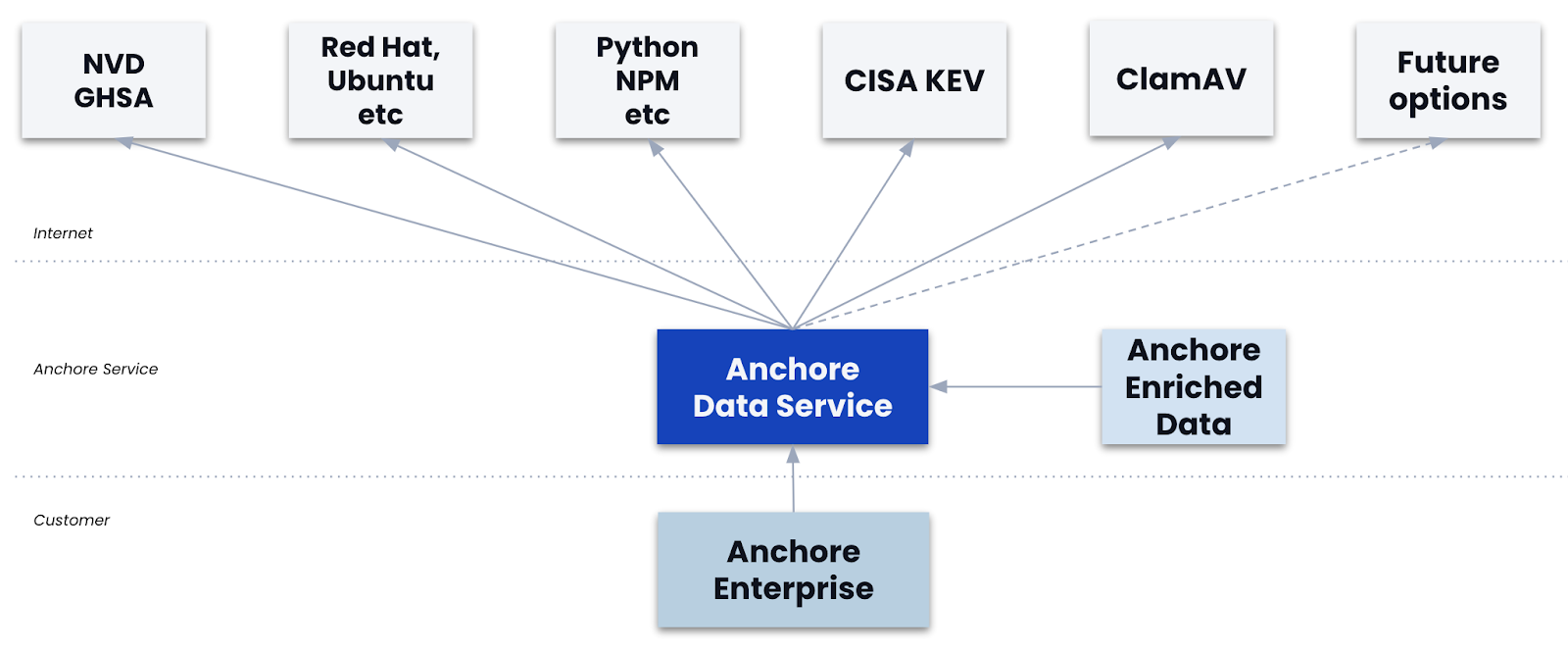Occam’s razor is a well known philosophical principle that’s entered mainstream culture.
While there are many ways to describe this principle the most succinct is:
“The simplest answer is most often correct.”
The lesson behind this razor is that if there are many explanations for a particular phenomenon, then out of the many and often complex alternative explanations the simplest is likely the most likely to be correct.
In philosophy, a razor is a principle that helps you “shave off” unlikely explanations.
I’d like to share with you another razor, one that is less well known but that I have found to be very useful in assessing situations I encounter in day to day life and especially around security.
Hanlon’s Razor states:
"Never attribute to malice that which is adequately explained by stupidity”
Or in other words:
"Don't assume bad intentions over neglect and misunderstanding.”
Over the last 6 months, we’ve spoken to many organizations about container security and the need to apply governance within their container infrastructure. One question that has come up often is this: “If I’m only using official images or building my own images why do I need to scan?” This is a fair question and before I invoke Hanlon it’s worth a little discussion.
Let’s start with the first point, Official images:
Of the many thousand repositories on DockerHub there are around 140 special repositories that are classified as Official repos. These are a set of curated repos that have been created by an organization or community and submitted to Docker Inc and the community for official review. The official repos are among the most popular images on DockerHub and undergo detailed review before being classified as official including adherence to Dockerfile best practices in creating the image.
Using the Official repos, especially the base operating system images, is a good best practice as it ensures that you are starting off with content from a known source. But care should still be taken in the use of these images. While some official images are updated frequently, many images (especially base OS images) are often only updated on a monthly basis or sometimes even less frequently. A quick way to get an idea of this is to look at the Anchore Navigator and sort by the “Repo Last Updated” column. You’ll notice an “Update Frequency” column on the Navigator which currently displays “Gathering Data”. Anchore’s cloud service continually monitors DockerHub for changes, pulling down and analyzing images as they are updated. We’ve gathered several months' worth of history and over the coming weeks, we’ll give a visual indication of the frequency of updates within this column. Another common problem that we’ve heard from many organizations is that while a developer may be using the image tagged latest they may not be aware that the latest image has been updated and so the ‘new latest’ image needs to be pulled down from DockerHub.
Regardless of how often an image is updated it should still be scanned for vulnerabilities before deployment as many of the official images, not to mention the tens of thousands of public images, contain exploitable vulnerabilities. So whether you base your containers off an official image from DockerHub, a public image, or build an image from scratch then it’s good practice to ensure that all the latest package updates have been applied to the image.

Scanning and updating the operating system packages is just the first step in ensuring that your images are secure, while this will address common issues such as known vulnerabilities in operating system packages (CVEs) we believe that this is just the tip of the iceberg. It’s possible to have all the latest operating system packages but still have an image that has security vulnerabilities or is otherwise not compliant with your operational, security or business policies. One area that is often overlooked is third party software libraries that are used within your applications such as Node.JS modules pulled from the public NPM or Ruby GEM repositories. A great example of this came at the end of December where a remote code execution vulnerability was reported in the PHPMailer library that’s widely used in many in-house PHP applications as well as common off the shelf applications such as WordPress, Drupal and SugarCRM. While a CVE has been assigned to this vulnerability a simple scan of operating system packages would likely not find this since many developers do not pull in their PHP, Ruby or Node libraries from operating system packages.
Even with the latest operating system packages and with well-written applications using up to date libraries, a container image may be made insecure due to misconfiguration which may be caused by administration or debugging options that are left enabled or by misconfigured encryption or SSL certificates or through enabling unnecessary services within your container image. A great example of this was seen last year at Vine where a security researcher found source code and API keys embedded within the container image.
And Here is Where Hanlon can Help
"Don't assume bad intentions over neglect and misunderstanding.”
In all likelihood the security or compliance issues that you will encounter within your image won’t be due to malicious intent - where a hacker has embedded malware in a public image that you consume, most of the issues will be caused by mistakes that are made: packages that are not updated, 3rd party libraries that are vulnerable or simple application misconfigurations which is why scanning should be in place for all images no matter the source of the image even if all content was developed in house - you are looking for mistakes as well as for malice.
While image scanning solutions focus on scanning the operating system image for known vulnerabilities Anchore provides a deeper level of analysis into images looking at the operating system, 3rd party libraries, configuration files, etc. With Anchore, organizations can define their own policies that describe their certification needs, covering all aspects of the images, that can be run at any time both on images that they may consume from public sources and on images that are created in house.


